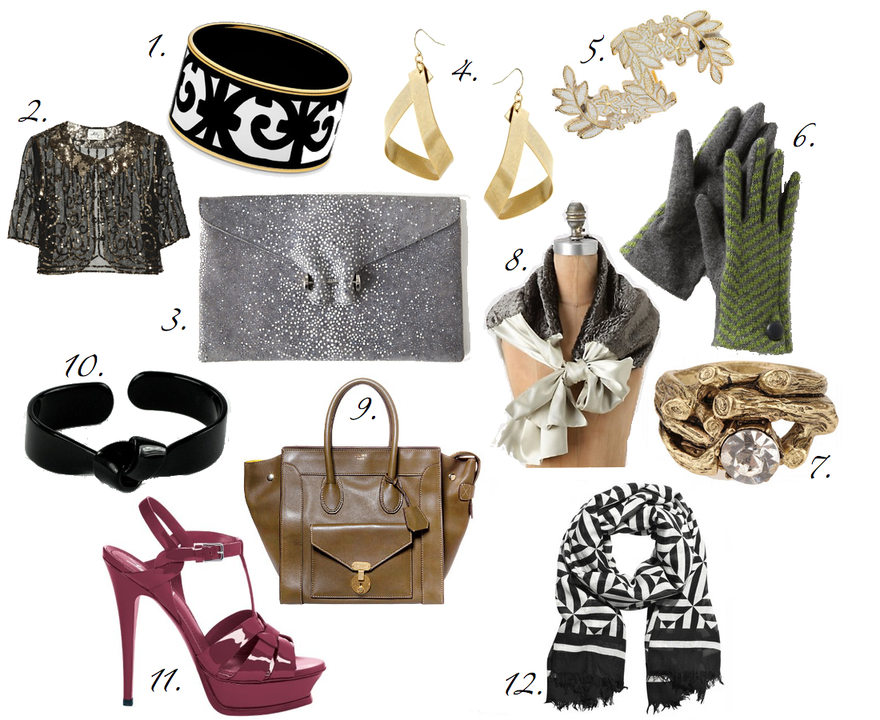Accessories for Health: Practical Pharmacy & Wellness Accessories
Small tools can change how easily you take meds and manage health tasks. This page lists common pharmacy accessories — pill boxes, inhaler spacers, measuring syringes, sharps containers, cooling packs — and gives simple, practical advice on picking and using them.
Which accessories make daily life easier
Pill organizers cut down missed doses. Pick one with clear day and time labels and a secure lid. If you travel, a lockable travel case or single-dose packs help you stay on schedule. For people with arthritis, look for easy-open lids or a push-release model.
Inhaler spacers and masks reduce coordination problems with inhalers. Choose a spacer that matches your inhaler model and follow the cleaning steps the maker lists. For liquid medicines, use the dosing syringe or cup that comes with the drug — kitchen teaspoons aren’t accurate.
Sharps containers are non-negotiable if you use needles. Use a rigid, puncture-proof container and follow local rules for disposal. For refrigerated meds, insulated carriers and cold packs keep temperatures steady during travel or mail delivery.
How to buy and use accessories safely
Buy from licensed pharmacies or well-known retailers. Read product specs and customer reviews. If a device makes medical claims, ask a pharmacist whether it’s suitable for your condition. Avoid vague listings with no maker contact or unclear materials.
Check materials: look for BPA-free plastics and hypoallergenic finishes when items touch skin. Reusable tools need washing instructions; some parts are dishwasher-safe, others must be hand washed. Replace single-use items on schedule.
Label things. Write the medicine name and time on pill organizers and bags, especially if several people live together. For older adults, use large-font labels and contrasting colors to reduce errors.
When ordering online, compare seller ratings and return policies. Keep receipts and note batch numbers for medical devices so you can report defects. If a price looks too low for a branded medical tool, it might be a counterfeit — skip it.
Small habits make a big difference. Check your accessories once a year: toss worn pill cutters, replace dead batteries in timed dispensers, and refresh spare cold packs. These simple steps reduce waste and prevent surprises when you need a tool to work right.
Want a quick checklist before you buy? Make sure the product: 1) matches the medicine or device you use, 2) has clear cleaning instructions, 3) shows maker contact info, 4) has good reviews about durability, and 5) follows local disposal rules for sharps or biohazards. That checklist will save time and keep your meds safer.
Pick accessories that fit your routine, not the other way around. The right small tools cut stress, lower mistakes, and make managing meds a lot less of a chore.




